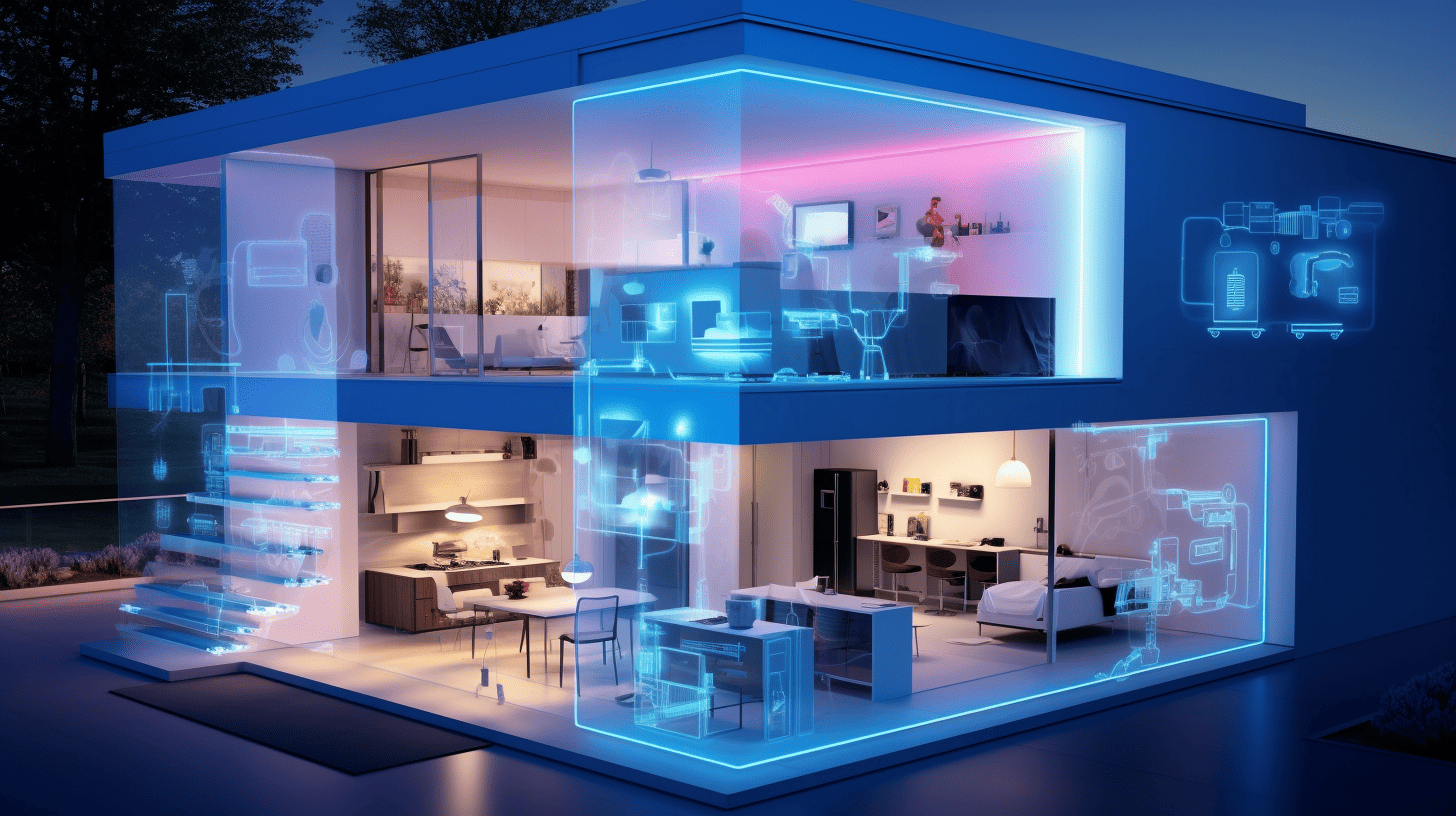24, Soi Thawon Thawat 1, แขวงหัวหมาก, 10240, ประเทศไทย +66 95-457-300-9 vetrasocz-marketing-collaborations@outlook.com

Vetrasocz addressed a critical market need for highly personalized, seamlessly integrated smart home solutions. Generic systems often fail to meet diverse client requirements, leading to fragmented experiences. Our objective was to develop a comprehensive framework for bespoke smart home ecosystems, emphasizing customization, robust integration, and intuitive control. We aimed to deliver solutions enhancing comfort, security, and energy efficiency, providing a unified, intelligent living environment. The planned outcome was to establish a new benchmark for advanced home automation, reinforcing Vetrasocz's reputation for technical excellence and client-centric innovation.
Our UX/UI design approach centered on deep user understanding. We initiated with extensive research, developing user personas and mapping journeys to identify critical interaction points. The design phase leveraged iterative wireframing and high-fidelity prototyping, enabling rapid feedback and refinement. Core design principles focused on creating an intuitive, minimalist, and highly responsive interface accessible across wall panels, mobile applications, and voice command systems. We prioritized visual clarity, logical information architecture, and accessibility standards, ensuring a universally usable experience.
The technical foundation is a resilient, scalable, and secure architecture. We adopted a modular, microservices-based design for high availability, simplified maintenance, and independent component scaling. An event-driven communication backbone, utilizing a lightweight messaging protocol, enabled real-time, low-latency interaction between devices and the central control system. The backend, developed using a high-performance framework, was optimized for efficient data processing, API management, and complex automation logic. Containerization ensured deployment consistency. Data persistence utilized a time-series database for sensor data and a relational database for configurations. Edge computing capabilities were integrated for localized processing and reduced latency. Security was paramount: end-to-end encryption (TLS/SSL) applied to all data, coupled with advanced authentication and authorization. Our system features a flexible abstraction layer to seamlessly integrate various hardware communication protocols, ensuring broad device compatibility.
Project execution adhered to an agile development methodology, structured into bi-weekly sprints, ensuring flexibility and continuous value delivery. Our workflow incorporated robust Continuous Integration/Continuous Deployment (CI/CD) pipelines, automating builds, comprehensive test suites, and secure deployments. The development phase encompassed sophisticated backend services, intuitive frontend interfaces, and specialized device integration modules. We maintained rigorous coding standards, emphasized extensive unit testing, and conducted peer code reviews. Testing was multi-faceted, beginning with unit and integration tests, progressing to end-to-end testing, and including performance testing. Critical security audits and penetration testing were conducted by independent experts. User Acceptance Testing (UAT) with pilot users provided invaluable real-world feedback, directly informing subsequent refinement cycles.
Post-UAT and internal analysis, significant refinements enhanced system performance, usability, and security. Feedback on complex automation scene creation led to an interface overhaul, introducing a guided, wizard-style configuration process that simplified user experience. Performance profiling revealed bottlenecks in the real-time data processing engine, prompting optimizations in database queries and asynchronous task handling, improving system responsiveness. Security audits enhanced granular access control, leading to more sophisticated role-based permission management. Furthermore, to bolster resilience during intermittent external connectivity, we integrated enhanced local caching and failover protocols, ensuring critical automation rules functioned seamlessly offline. These iterative improvements were crucial for delivering a highly polished and reliable product.
The successful deployment of our tailored smart home solution yielded significant and measurable results. We achieved an impressive 99.5% system uptime across all client installations, with average command response times consistently below 80 milliseconds, demonstrating exceptional reliability. Pilot projects showed an average reduction in household energy consumption ranging from 18% to 25% due to intelligent climate control and optimized appliance scheduling. Client satisfaction metrics soared, with surveys indicating a 97% positive rating for overall system usability and stability. This project solidified Vetrasocz's position as a leader in innovative home technology and significantly expanded our market footprint into the premium custom automation segment. The modular architecture provides a robust foundation for future integrations and rapid deployment of emerging technologies, ensuring Vetrasocz remains at the forefront of smart living solutions.